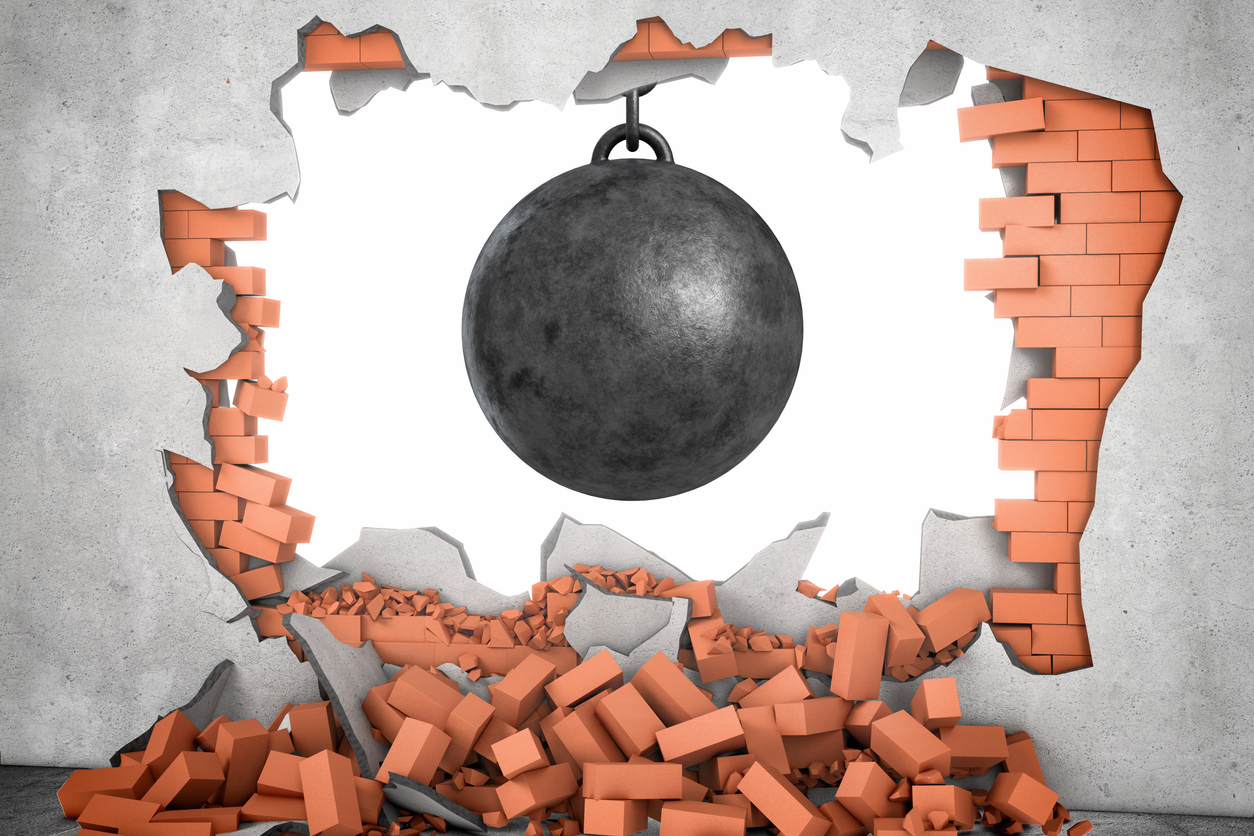Solutions

MDsyncNET’s cloud-based software reduces inefficiencies, delivers immediate results, and maximizes ROI.
WHO WE SERVE

MDsyncNET delivers right-sized software to healthcare organizations in a variety of environments.

Physician burnout is more like a dimmer than an on-off switch. Over time, the stress, fatigue, and overwhelm triggered by issues large and small extinguish drive, passion, and enthusiasm. In 2019, the World Health Organization included burnout in ICD-11, defining it as “…a syndrome conceptualized as resulting from chronic workplace stress that has not been successfully managed. It is characterized by three dimensions: 1) feelings of energy depletion or exhaustion; 2) increased mental distance from one’s job, or feelings of negativism or cynicism related to one's job; and 3) reduced professional efficacy.”
For physicians, burnout has especially serious implications. Suicide rates among physicians are double those of the rest of the American population. Strikingly – but not surprisingly – researchers have found that physician burnout jeopardizes patient care and patient outcomes. A literature review conducted by Panagioti, et al., found that physician burnout doubled patient safety incidents, occurrences of unprofessionalism, and low patient satisfaction reports. As counterintuitive as it might seem, researchers found that burnout occurs at all career phases, from medical residency to late in a physician’s career.
The causes of physician burnout don’t always seem obvious. A news writer for the American Medical Association relates a Wisconsin hospital’s roundtable initiative to identify issues affecting medical staff. They sorted 1,200 issues into three buckets: impossible to solve, easy to fix, and those that could be resolved, but not immediately. The hospital tackled what they termed “pebble in the shoe” problems – minor issues that could be resolved in a few weeks – such as a broken toilet or a missing coat rack.
A hospital in Utah addressed a thornier burnout-related issue, namely the frustration physicians feel about clerical work related to electronic health records. That systemic change involved adding in-room staff and resulted in a measurable increase in physician productivity and reported increase in physician work-life balance.
Many symptoms of burnout can be traced to the shift from the practice of medicine as the art of healing to the practice of medicine as a business. Dr. Aaron George writes about the excruciating sense of overwhelm that physicians feel due to a lack of autonomy triggered by layers of bureaucracy and regulations. He even dives into the ways that physicians, feeling the squeeze, can undermine and harm each other.
As the Wisconsin hospital roundtable illustrated, contributing factors to burnout range from annoyances to institutional dysfunctions. Here are five steps that hospitals can take that can help physicians move away from burnout and toward contentment. They can go far in preventing physician burnout.
1. Create opportunities for physicians to speak. Hold roundtables or similar gatherings where physicians can identify areas of frustration. Like the Wisconsin hospital, tackle the quick fixes first and develop processes to create longer-term solutions. When physicians know that their concerns are being addressed, they feel less isolated.
2. Offer peer-led mind-body wellness programs. Physicians are loath to admit they need help. Peer-led programs – such as mindfulness exercises or nutrition classes – can be the onramp to self-care that physicians need.
3. Build community spaces. With increasing numbers of hospitalists and intensivists working a variety of shifts, hospital physicians are increasingly isolated. Physician lounges create space for practitioners to make the personal and professional connections that lead to fulfillment.
4. Deploy technology wisely. When physician schedules are created on spreadsheets or pen-and-paper, the result is misinformation. Schedule changes can result in phone calls to the wrong on-call physician, increasing physician frustration and contributing to burnout. Real-time physician schedules available online offer the only real solution to scheduling woes.
Relatively small steps can help with preventing physician burnout. Focusing on physician well-being by treating them as stakeholders encourages them to thrive while healing patients and meeting organizational goals.
MDsyncNET provides cloud-based physician scheduling that can be updated in real-time and accessed by authorized users from any internet-connected device. To learn more about how MDsyncNET’s physician scheduling solution can help you stem the tide of physician burnout, call 888-506-5061.

© 2022 All Rights Reserved. MDSYNCNET | Privacy Policy & Terms and Conditions